A look of the cradle of peasant movements in China
People's Daily app
1610198545000
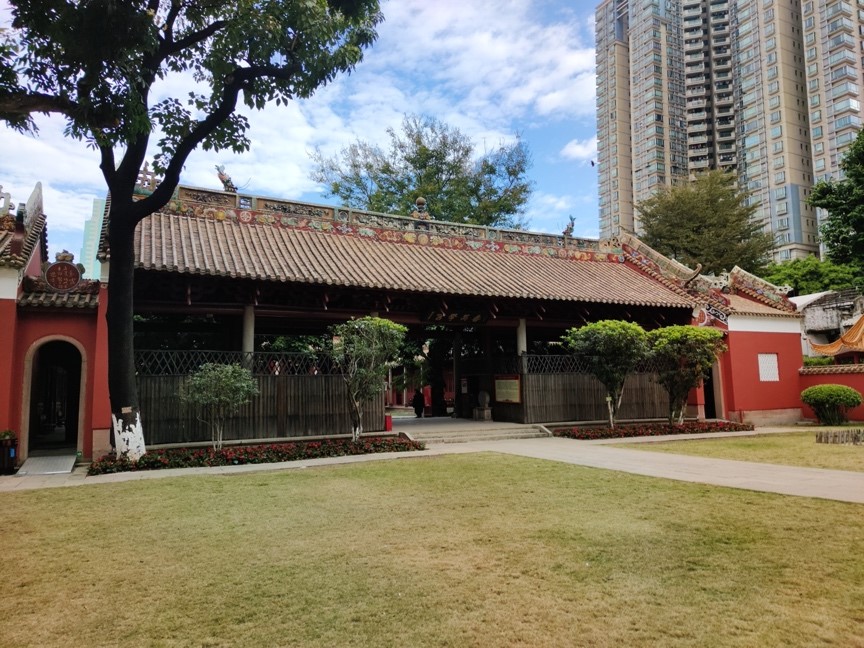
A photo taken on Saturday shows the Memorial Museum of the Peasant Movement Institute sponsored by Comrade Mao Zedong, also known as the Nongjiangsuo Museum, in Guangzhou. Originally, the site was used for honoring Confucius since 1370 during the Ming Dynasty. (Photo: Li Bowen)
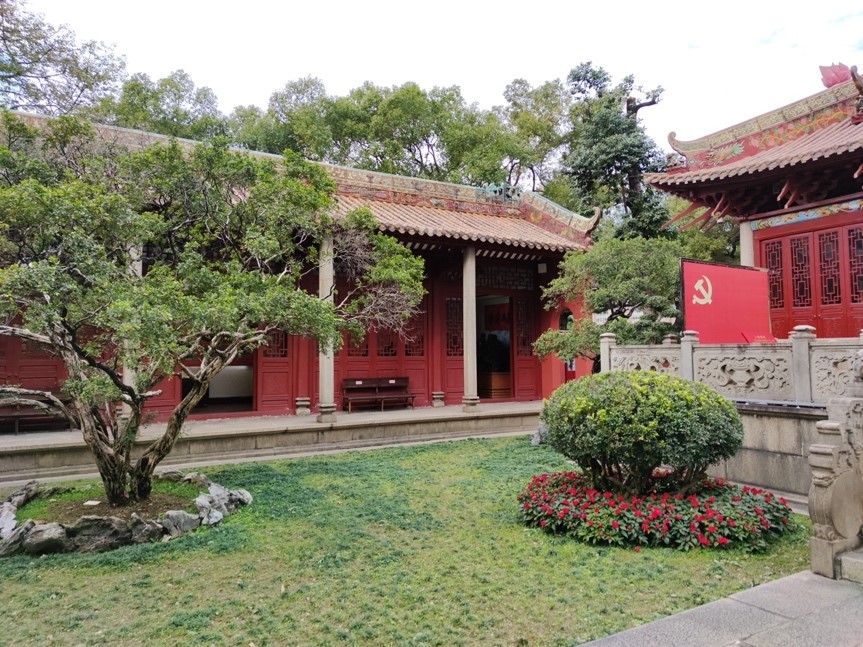
A photo taken on Saturday shows the Memorial Museum of the Peasant Movement Institute sponsored by Comrade Mao Zedong, also known as the Nongjiangsuo Museum, in Guangzhou. Originally, the site was used for honoring Confucius since 1370 during the Ming Dynasty. (Photo: Li Bowen)
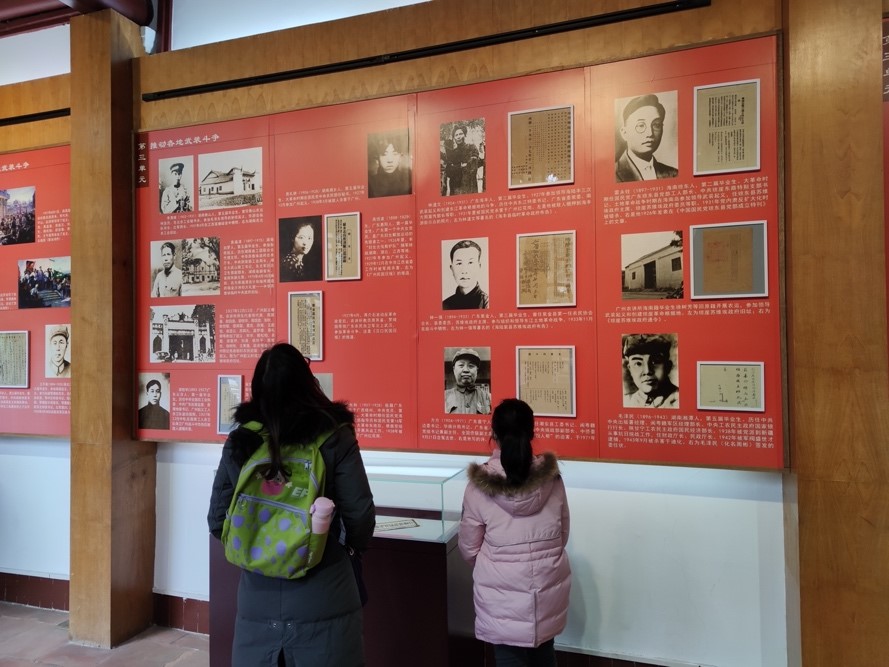
A photo taken on Saturday shows visitors touring the Memorial Museum of the Peasant Movement Institute sponsored by Comrade Mao Zedong, also known as the Nongjiangsuo Museum, in Guangzhou. (Photo: Li Bowen)
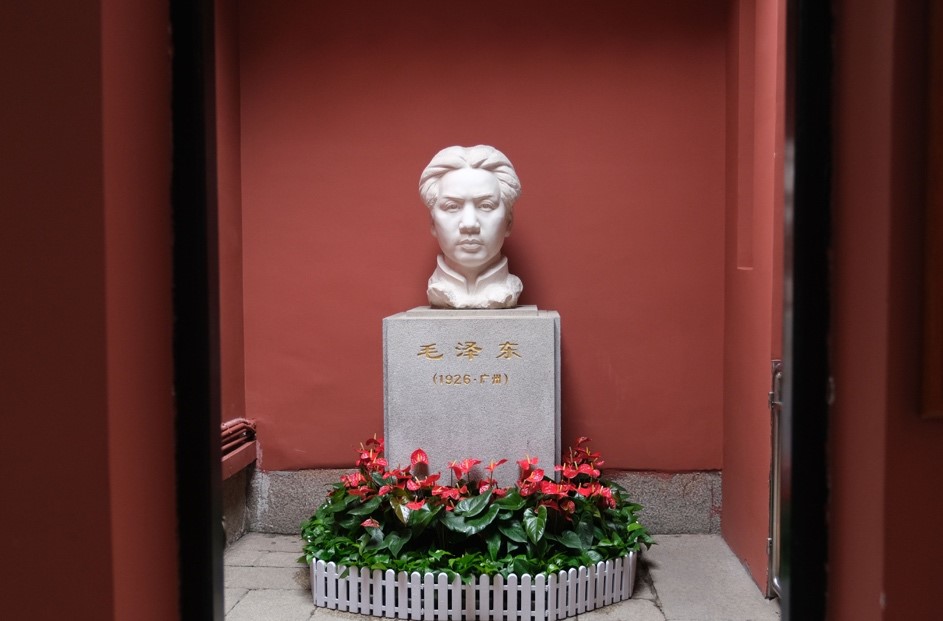
A photo taken on Saturday shows a bust of Mao Zedong inside the Memorial Museum of the Peasant Movement Institute sponsored by Comrade Mao Zedong. From May to September 1926, when Mao Zedong held the position of director of the institute, more than 300 cadets had received training at the place and later became an indispensable force of the Chinese revolution. Among the instructors were prominent Chinese Communist Party members including Zhou Enlai, Peng Pai and Yun Daiying. (Photo: Ma Xiaonan//People’s Daily Online)
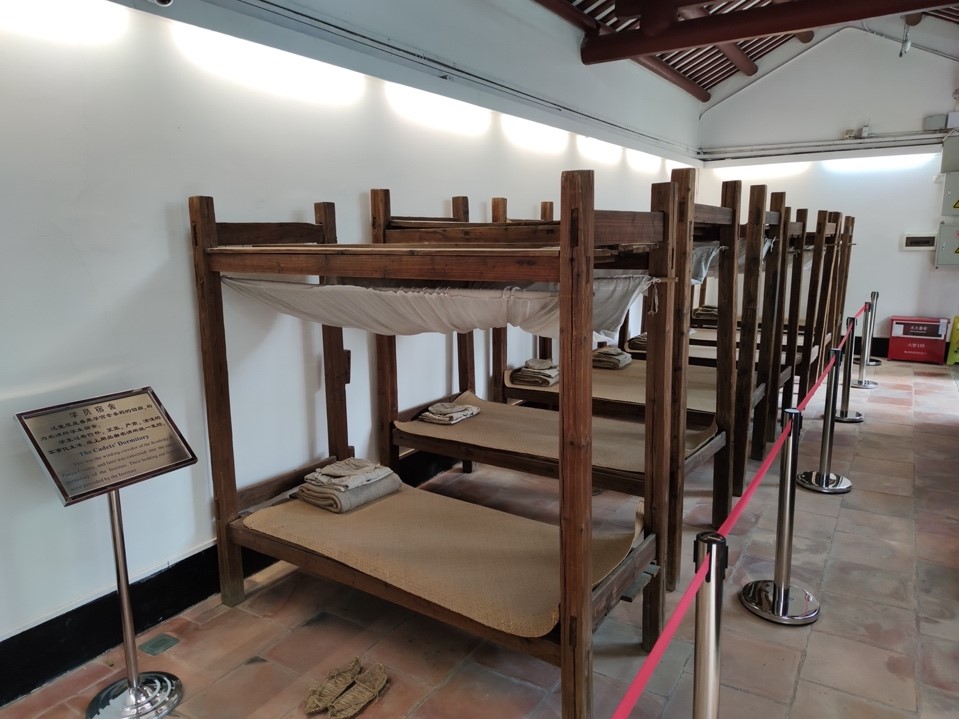
A photo taken on Saturday shows the cadets’ dormitory inside the Memorial Museum of the Peasant Movement Institute sponsored by Comrade Mao Zedong in Guangzhou. (Photo: Li Bowen)
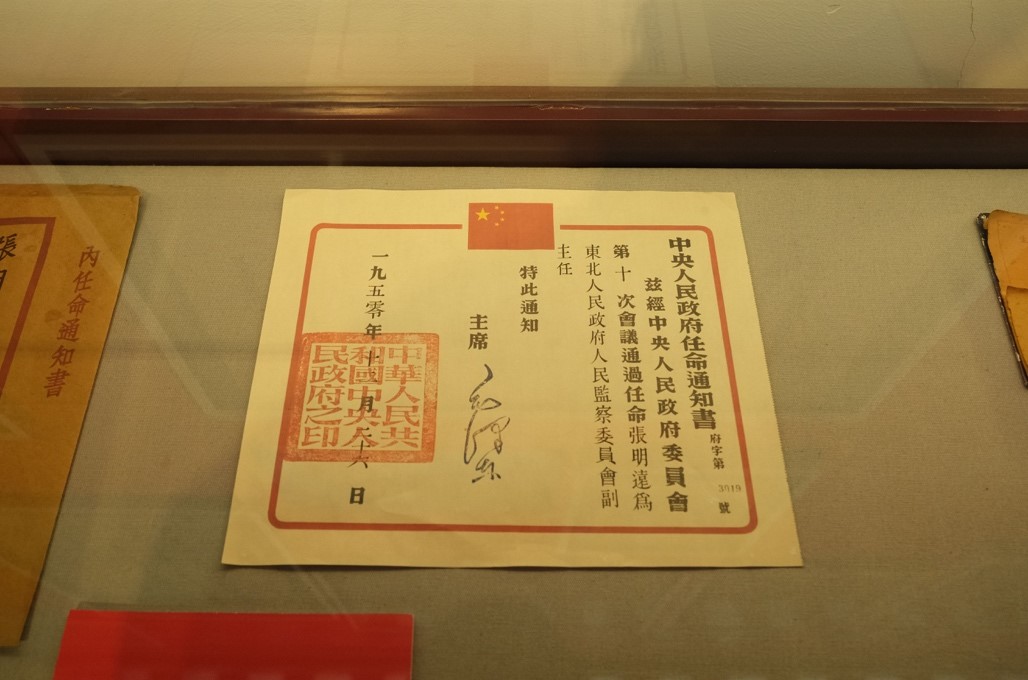
A photo taken on Saturday shows a replica of an appointment letter issued by Mao Zedong, then leader of the People’s Republic of China, in 1950. (Photo: Ma Xiaonan//People’s Daily Online)

A photo taken on Saturday shows a hard copy of teaching materials used by Mao Zedong, who was the director of the Peasant Movement Institute in Guangzhou from May to September 1926. (Photo: Li Bowen)


